Project files on Github: https://github.com/JKR-31/JK_M0nkey_Keyboard
So in this project i wanted to solve a luxurie problem of mine :P
--> Having a nice mechanical keyboard that fulfills all my wishes I would ever have for one.
What I wanted:
-Teenkeyless layout (don't need that number pad)
-An Encoder for volume adjustment
-RGB back lightning with possibility of having animations like fading & rainbow
-hardware that supports QMK-firmware
-A USB-Hub to plug in a mouse and for example an USB-Stick
-Not cheap looking (metal plate and nice finished housing)
-use 3D-printing in the project
-as low profile as possible with cherry mx
-give possibility of using cherry mx low switches (didn't work, maybe in a future projects)
Hard parts of the project:
-Fitting 2 USB-A port and a USB-C port in a keyboard wasn't that easy, in the end had to remove two switches in the upper right corner
-Second challenge was to program this much for the first time except writing a blink program for an arduino
Licences:
This project is open source from my side.
Link to QMK-license: https://qmk.fm/license/
Link to Freecad license: https://wiki.freecadweb.org/Licence
Link to KiCad license: https://www.kicad.org/about/licenses
 Jonas Kraus
Jonas Kraus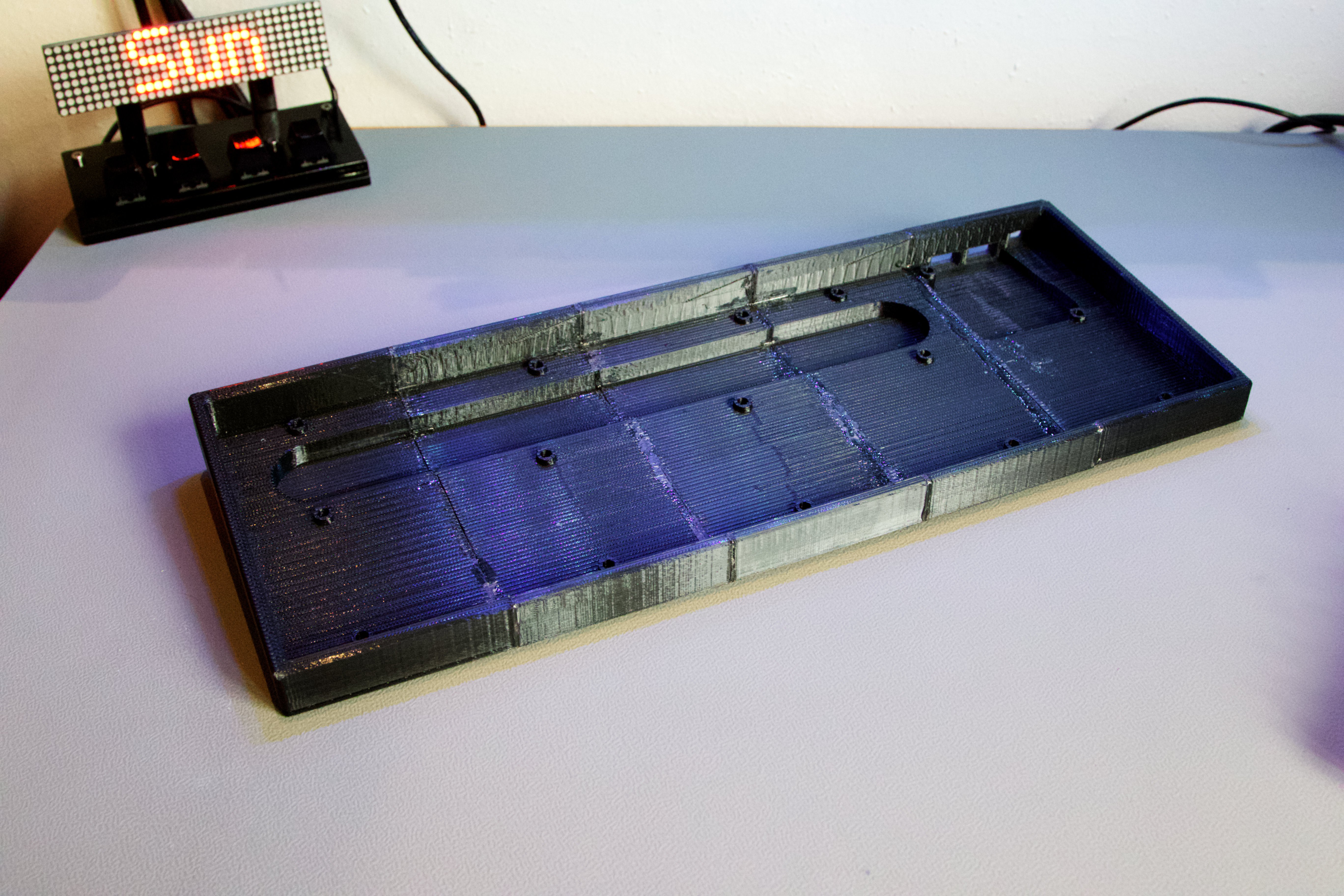
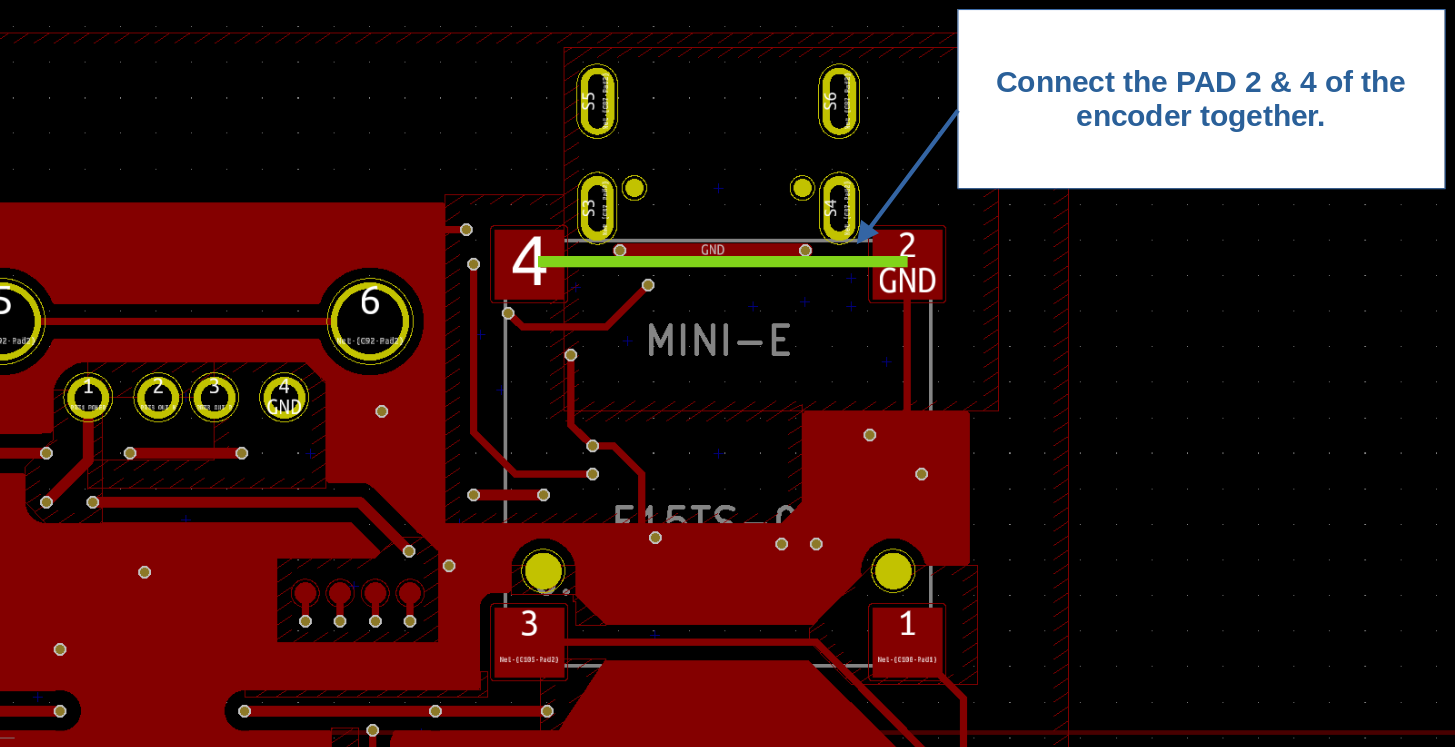
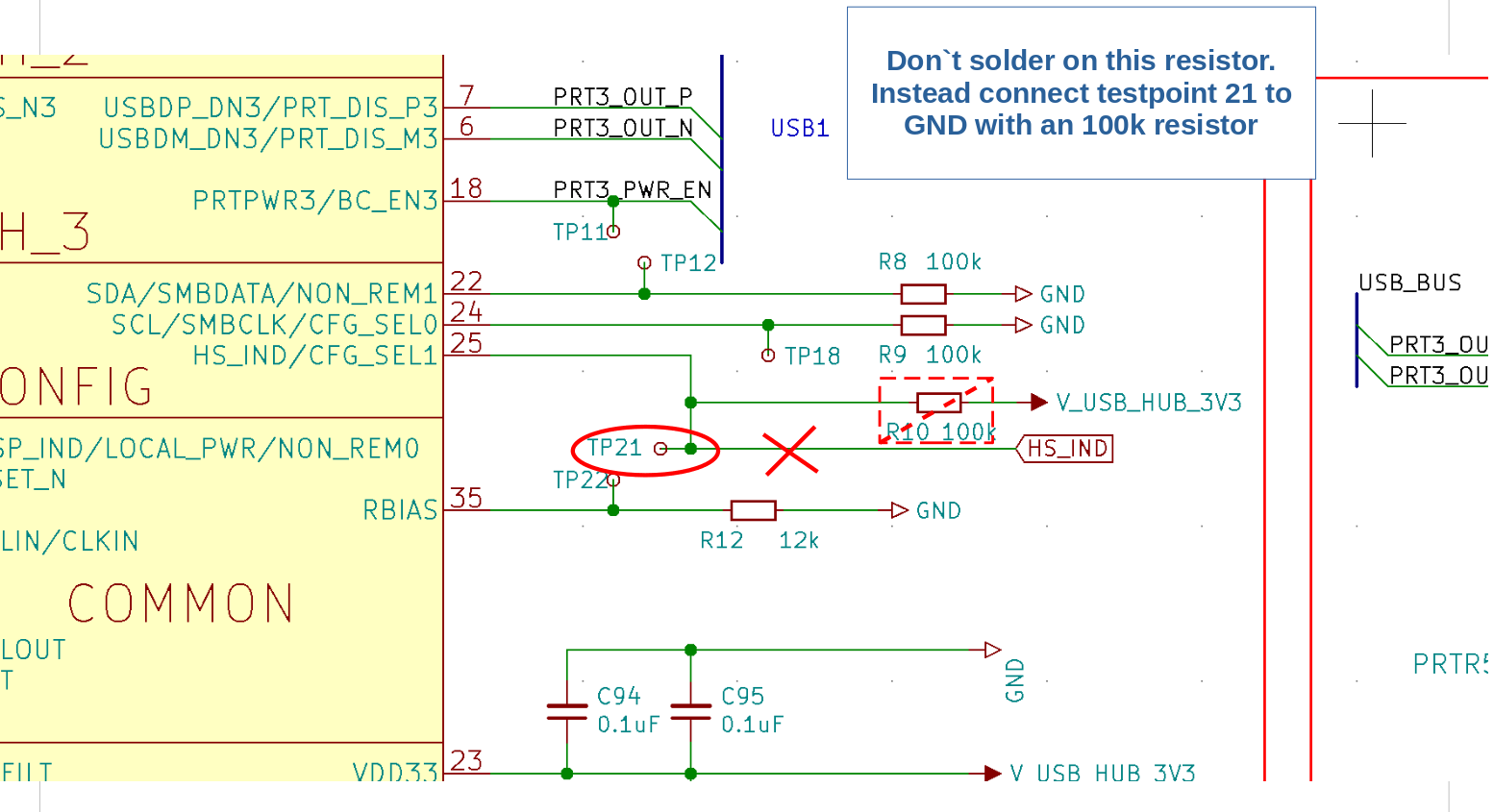
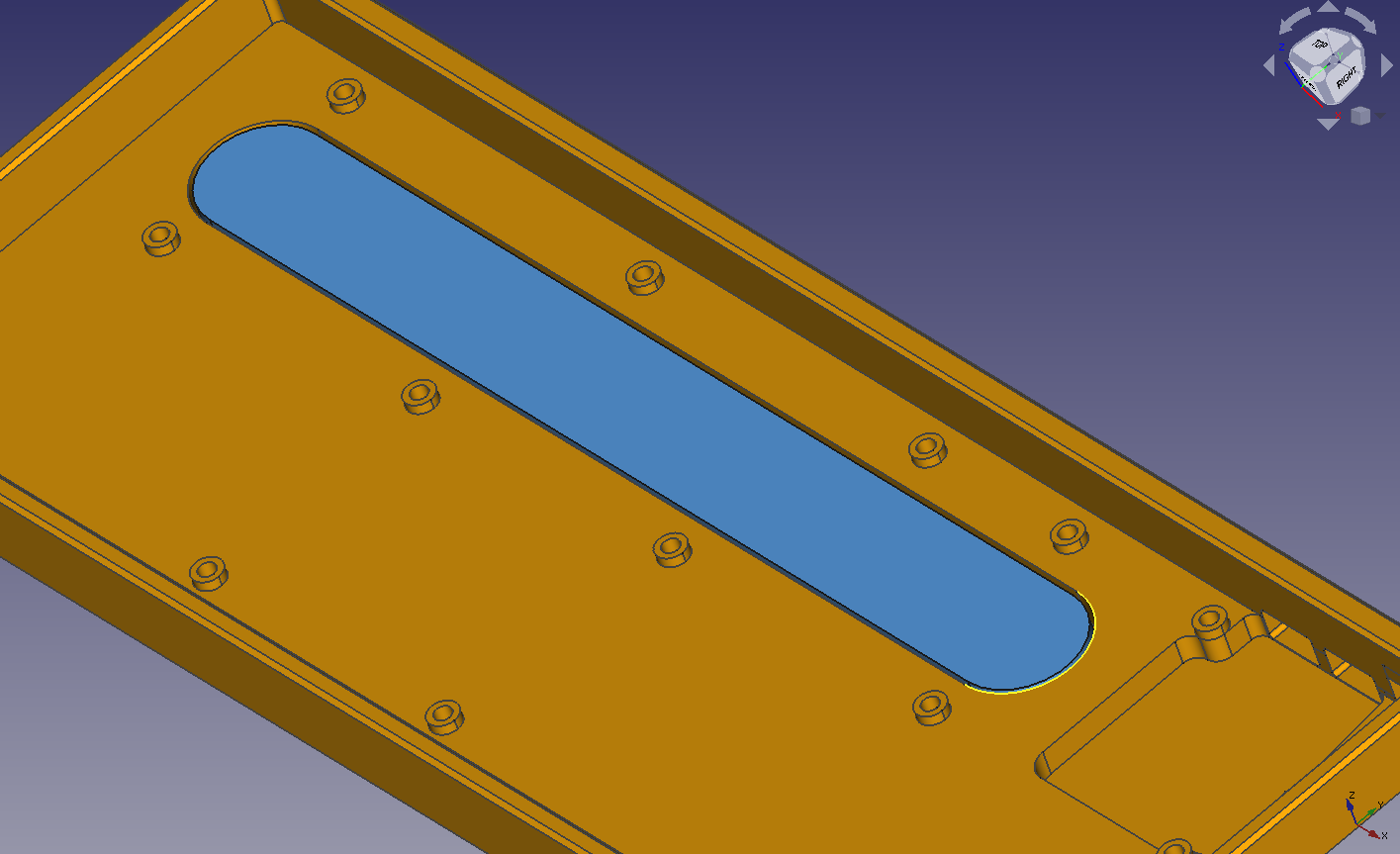
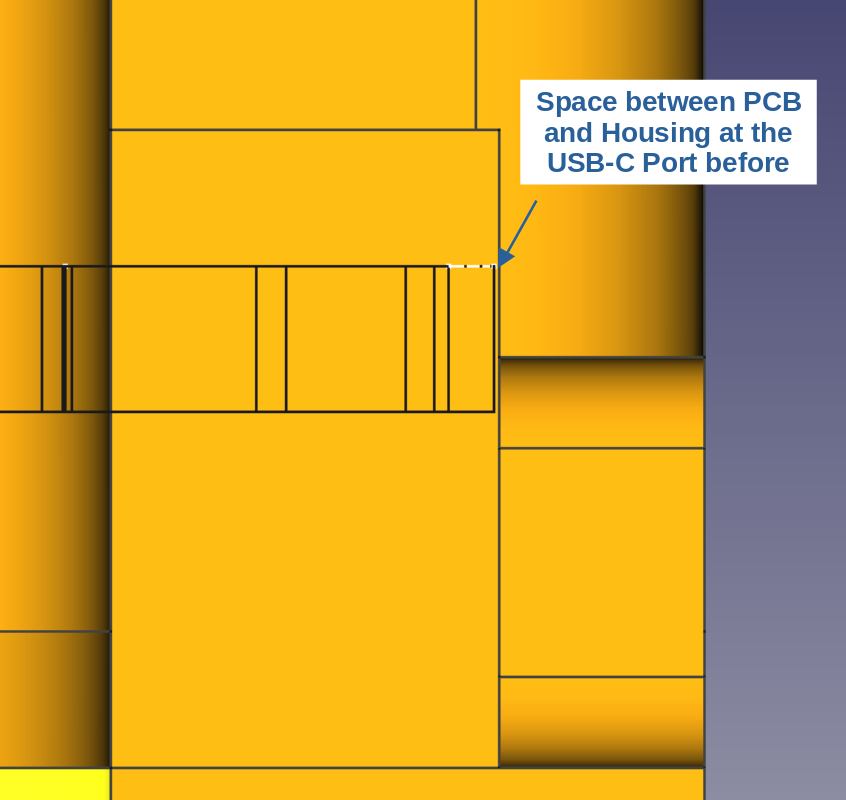


 Alex
Alex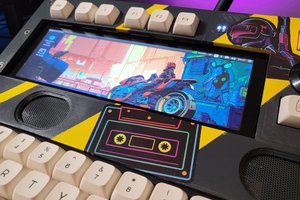
 whoobee
whoobee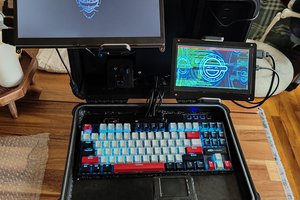
 Brent w
Brent w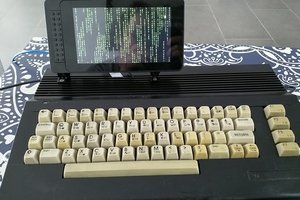
 Tillo
Tillo